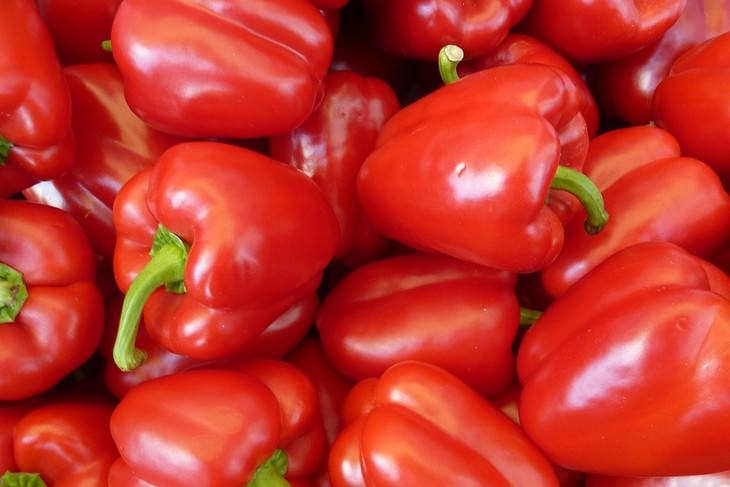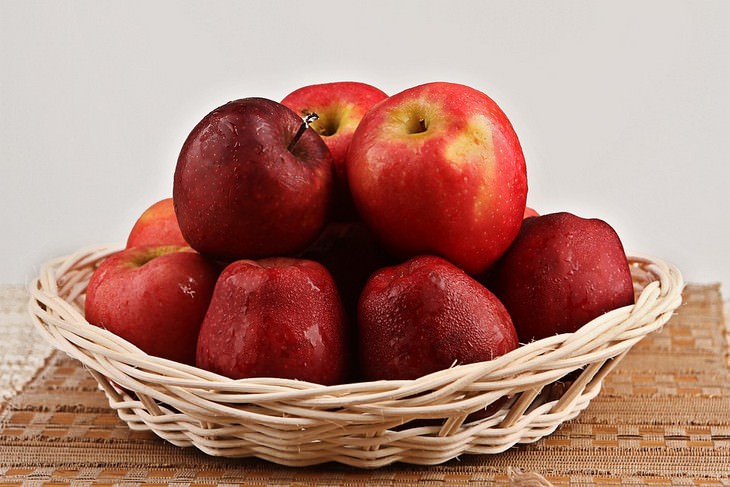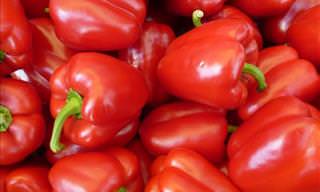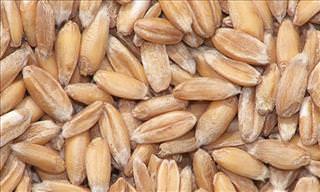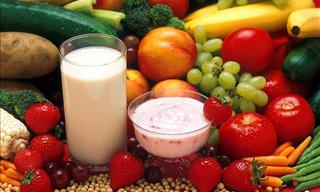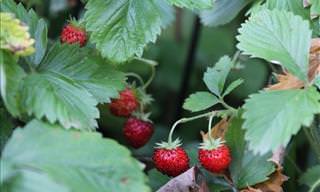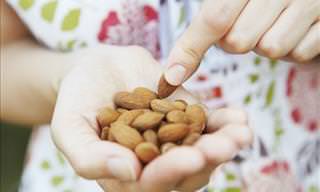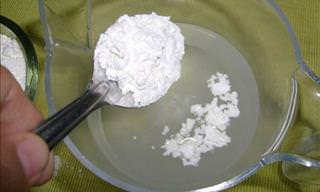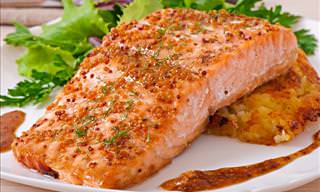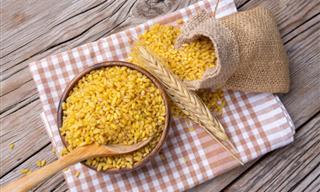3. Green leafy vegetables
Green vegetables such as spinach, kale, cabbage, and mesclun can help you fight infections effectively. These vegetables contain antioxidants and flavonoids that keep cell walls intact and prevent infections.
In order to reap the benefits of green leafy vegetables, we recommended adding them to various shakes, preventing oxidative stress, inflammation, and damage to the brain.
4. Rosemary
The rosemary herb has a wonderful taste and smell, but most of us rarely consume it. This unique herb has a combination of two components called carnosine and carnosol, which together produce a winning combination that fights the creation of cytokines - proteins that, when formed unnecessarily, cause inflammation.

5. Brown rice
Brown rice helps fight gastrointestinal infections due to its high fiber content. These fibers help cleanse the digestive system, thus preventing inflammatory reactions. To add to this, it stimulates the production of butyrate, a fatty acid that "extinguishes" genes that cause inflammatory reactions and diabetes.
6. Beetroot
One of the things that indicates the presence of antioxidants in vegetables and fruits is the color - like the intense purple color of beets. This root vegetable contains betalain, an antioxidant that gives it its unique color and its anti-inflammatory properties. Besides this antioxidant, beets have a high amount of magnesium and potassium, which also help the body fight inflammation, making this root vegetable a must have in various salads and dishes.
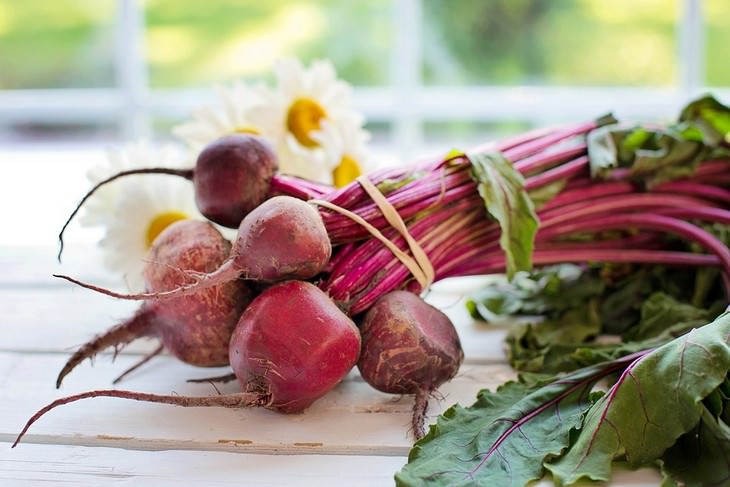
7. Frankincense
Frankincense is a unique herb that contains resin, gum, and oil that helps fight infections, especially arthritis. Frankincense can be purchased at health food stores and can be drunk as a solution or as a formula. Drinking frankincense allows your body to absorb its natural components which heal the body from the inside and fight severe arthritis as well as asthma symptoms.
8. Wolf’s bane
Wolf‘s bane is another herb that can be purchased at health food stores and alleviates inflammation. For centuries, Wolf’s bane has been used to heal bruises, bone fractures and pain, as well as to hasten wound healing thanks to sesquiterpenes - anti-inflammatory and anesthetic compounds that simultaneously reduce the severity of inflammation, delay the formation of additional inflammatory processes, and numb pain.

9. Soybeans
Soybeans, also known as "edamame", are a great source of protein, and also serve as a powerful, highly effective anti-inflammatory food. In a study conducted at the University of Oklahoma in the United States, patients with bone loss and accompanying pain consumed 40 grams of soy protein per day and experienced a significant reduction in their pain.
10. Celery
This crisp vegetable, which pairs nicely with soups, stews, and salads, can be an excellent solution to infections in the body, and can also help reduce cholesterol levels and lower blood pressure. The celery itself and its seeds, which are used for cooking, contain antioxidants and anti-inflammatories that reduce inflammation and its symptoms throughout the body. Additionally, they provide energy thanks to the vitamins and minerals they contain.
11. Apples
Apples help reduce gastrointestinal inflammation because they are rich in fiber and have active ingredients that help stomach-friendly bacteria thrive. In combination with yogurt, apples can relieve digestive tract pain and inflammation and restore the positive balance it needs to function properly and without inflammation.
12. Pineapple juice
If it were up to most of us, we would enjoy tropical pineapple fruit on a daily basis, but the fact that it isn’t common in many countries and quite expensive makes this quite difficult. In order to enjoy the benefits of this wonderful fruit, and also its taste, we recommended drinking natural pineapple juice sold in health food stores and supermarkets.
This juice contains bromelain - an enzyme that fights inflammation. This unique enzyme is naturally found only in pineapple, and drinking its juice will allow you ingest this compound in a delicious and concentrated form, thus helping you fight the burdensome infections you suffer from.
13. Black beans
Black beans have a high starch content, which allows good gastric bacteria to thrive and therefore maintain a proper digestive balance. Furthermore, there is a lot of dietary fiber in black beans that also fight infections in the digestive system and in the body as a whole. When you add the abundant antioxidants that this tiny food contains, you get a triple threat which reduces inflammation and eases the symptoms caused by it.
 Go to BabaMail
Go to BabaMail


